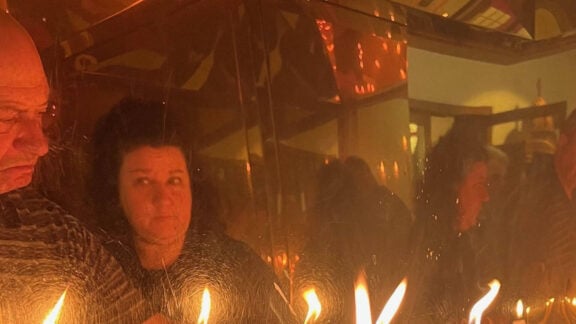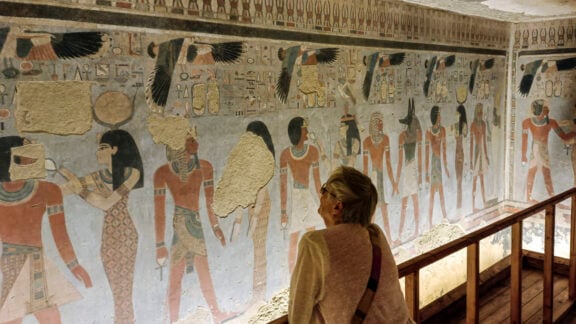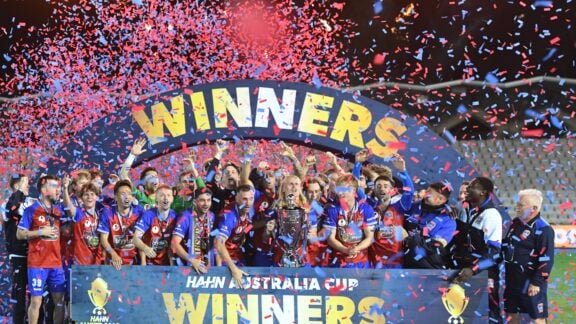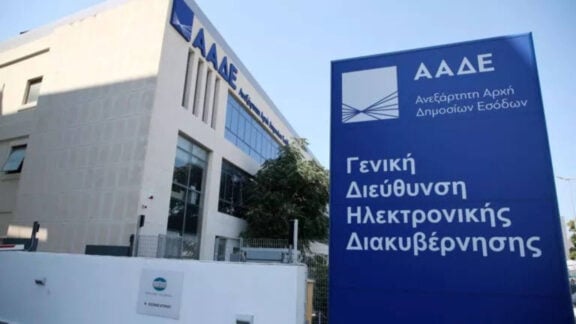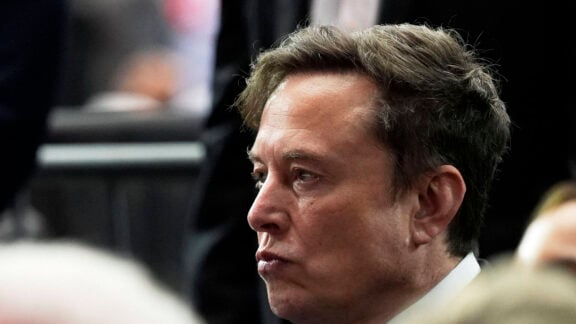Last week, the Australian Labor Party announced the election of its new leadership team under Bill Shorten, and his deputy Tanya Plibersek.
The Labor power brokers, mostly through the caucus, and together with the rank and file of the party, took a step towards the future, hoping that their period in opposition will be brief.
The electoral process in this party, under new and more democratic rules that have to be retained if political engagement is to attract the interest of the wider community, shed light on a number of important back room dynamics and deals.
Just before the implementation of the new rules, a number of senior Labor right-wingers such as Senator Stephen Conroy, or ex-right winger Labor heavyweights such as Skynews presenter and Australian columnist Graham Richardson, tried to rubbish the importance of involving the membership of the party in electing the new leader. We might remember that amongst other viewpoints they argued for the need not to have a second contender for the leadership, so that the party won’t lose precious opposition time remaining leaderless. It is a well-known ‘law’ in politics that if you want to control the political process, you need to scale down the number of people who are making or who are taking important decisions, even though this might be a fast-track way to alienate your grass-roots membership base.
When the Labor Right ‘failed’ to avoid an election because of the nomination of Anthony Albanese, forcing an implementation of the new rules and making sure that there was actually participation of rank and file members, the Labor Right locked its support behind Bill Shorten, making it impossible for Anthony Albanese to win the leadership.
It is common knowledge to those who follow politics closely, that under Labor you have at least three distinctive groupings – minor parties that run their own ‘pre-selections’, general meetings and have their own leadership teams. You have the right wing of the party which has the majority, you have the left wing which controls a sizeable minority, and then you have a few ‘loose’ independents. Something similar but not as rigid exists with the Liberals also.
Factional considerations ensured the election of Bill Shorten and factional considerations also prevailed in electing the entire Labor front bench this week.
The strong hold of the factions within the Australian Labor Party will not wither away. Factions, unions, vested interests that support the factions and other similar groupings on the other side of politics are all part of the harsh world of politics that drive away the wider community.
The fact that these power blocks exist must not stall or undermine the process of democratising even more the governing parties of Australia, including the Liberal-National Coalition .
Political parties do run as closed shops in the entire world, including Australia, but since they are supposed to represent wider interests and social priorities, they need to be as open, as democratic and as representative of the real world as possible. Otherwise, they are in danger of becoming simultaneously irrelevant and weak to society but useful tools for exploitation by powerful vested interests.
This is why the election of Bill Shorten as the ALP leader under new and more democratic rules this week was important, even though it was ‘flawed’ because the vote of an MP was worth almost 350 votes of rank and file members. This is why the involvement of party members, in all levels of the decision and of the representation making process in all political parties in Australia, needs to be strengthened even more. This is why the ALP does not need to introduce a third factor, namely the unions, in the election of its leadership in the future.
Advertisement
Democratising the ALP
Last week, the Australian Labor Party announced the election of its new leadership team under Bill Shorten, and his deputy Tanya Plibersek

